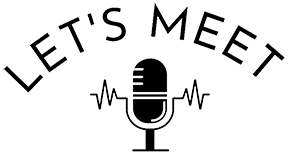Robert Capa
Robert Capa, (1913-1954, born as André Friedmann) in Budapest, moved to Berlin in 1930 where he attended the German School for Politics, as a student of journalism and political science. There he also worked at the Deutsche Photodienst Agency as a darkroom assistant. In 1933, when the Nazis came to power, Capa fled Germany and moved to Paris, where he worked in the same darkroom as Henri Cartier-Bresson and Chim (David Seymour). Between 1936 and 1939, he traveled to Spain with his companion, Gerda Taro, to document the civil war. He worked as a photojournalist on a regular basis. His wartime photographs, including his most well-known one, Death of a Loyalist Soldier (1936), were immediately praised for their stunning impact; In 1938, the Picture Post referred to him as “the greatest war photographer in the world.” He moved to the United States during the outbreak of World War II and freelanced for publications such as LIFE and Time. He worked as a war correspondent for LIFE and Collier’s from 1941 to 1946. While working for LIFE and Collier’s, he traveled with the US Army and documented the Allied victories in North Africa, the Allied landing at Normandy, and the Allied capture of Leipzig, Nuremberg, and Berlin. Magnum, a cooperative photography agency that provided images to international publications, was founded by Capa, Henri Cartier-Bresson, Chim (David Seymour), and George Rodger after the war. He documented the upheaval that followed Israel’s declaration of independence from 1948 to 1950. In 1954, he went to Hanoi to photograph the French Indochina war for LIFE; He was killed when he stepped on a landmine shortly after arriving.
Author: SZÉPÍRÓK TÁRSASÁGA – Hungary
Topic: Robert Capa
Duration: 00:29:57


